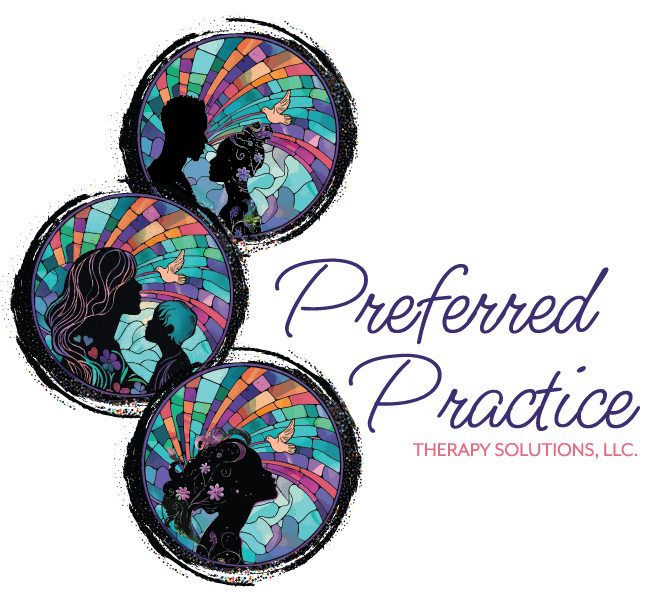Get others to actually HEAR and UNDERSTAND what you’re saying.
How often do you find yourself repeating the same conversations with the same person over and over again? Do you often feel like you lose the other’s attention before they even know what you’re talking about?
Well, have I got a tip for you!
“I” messages are an ideal way to get others to hear what you tell them. They’re done a variety of ways in a variety of settings: leadership training, relationship counseling, anger management, and more. While the gist of it is similar in all of these circumstances, I’ve streamlined the way I teach “I” messages to a precise template intended to get you heard and understood. And get you what you want and need more often than not.
The template goes like this: “I feel (FILL IN THE BLANK) when (FILL IN THE BLANK) happens. Would you please (FILL IN THE BLANK)?”
IN THE FIRST BLANK, you need to name the emotion you’re feeling. It must be an actual “emotion” word, such as angry, hurt, confused, nervous, etc. (Make note that you don’t want to say “I feel like yada yada.” This is not a feeling, it is an opinion and is less likely to get you the outcome you seek.)
The reason this template is effective is because:
- You’ve identified the “problem” you’d like to solve in clear and specific terms. No half-baked thoughts, or hinting around. You must determine what the problem is before you even speak. And once you say it out loud and by the template, the other person knows exactly what your problem is.
- You’ve “owned” the problem. This is your feeling. No one is being blamed. No one is in trouble. You’re just sharing information.
Most conversations, especially the tense ones, are lost because the person receiving the information feels blamed for something and becomes defensive. Once they start thinking about how and why it’s not their fault, they don’t hear another word you say. The opportunity for effective, peaceful problem-solving is lost.
IN THE SECOND BLANK, identify the event or circumstance that led to this feeling. Keep it short and simple and stick to facts- no opinions or feelings, just the trigger (not cause, but trigger) that prompted the feeling. Word it in a way that is neutral with no blame stated or implied.
Example: “I feel terrified when you don’t make it home by curfew…”
“I feel annoyed when the mayonnaise is left out on the counter…”
No blame, no shame, no lecture, nobody’s “in trouble” on any level. No defensiveness- they’re still listening!
For the second sentence and THE THIRD BLANK be sure you start with the exact words “Would you please…” The power of this format is
- It words this as a question. Our brains are conditioned to answer questions. Therefore, when the other person hears the question, they immediately start thinking of the answer. No matter what happens next, they’re thinking about what you want them to be thinking about. Your concern has been communicated.
- “Would you please…” takes it a step further and poses it like a request for a favor. Most of the people in your life will be likely to want to say yes to a reasonable favor: either they like you and want to help; or they also have an interest in solving the problem; or they’re just nice. Whatever their reason, as long as your request is reasonable you have a good chance of getting the answer you want.
- In the last blank, tell the other person one specific thing you’d like them to do different. One thing they can potentially say yes or no to.
Based on the above examples:
I feel terrified when you don’t make it home by curfew. Would you please call or text me if you’re going to be late?
I feel annoyed when the mayonnaise is left out on the counter. Would you please put it in the refrigerator when you finish making your sandwich?
Once you’ve gone through these steps, the other person can say “yes” or “no,” something else, or nothing at all. There’s no guarantee of a “yes.” But it is a way to approach a conversation in a non-confrontational manner that will get you heard. Once you’re heard, the chances for cooperation are really good and the door is usually open for additional, solution-focused discussion if “yes” is not the initial response.
Keep it short and stick to one issue at a time. Once you’ve come to an agreement on that one issue, it’s usually a good idea to give it some time to be put into practice before introducing a new issue.
Every issue resolved is an issue you won’t need to discuss again.
Coming soon – “Communicating to Resolve Conflict and Solve Problems”
I’d love to know if you found this helpful. Comments are welcome!

Recent Comments